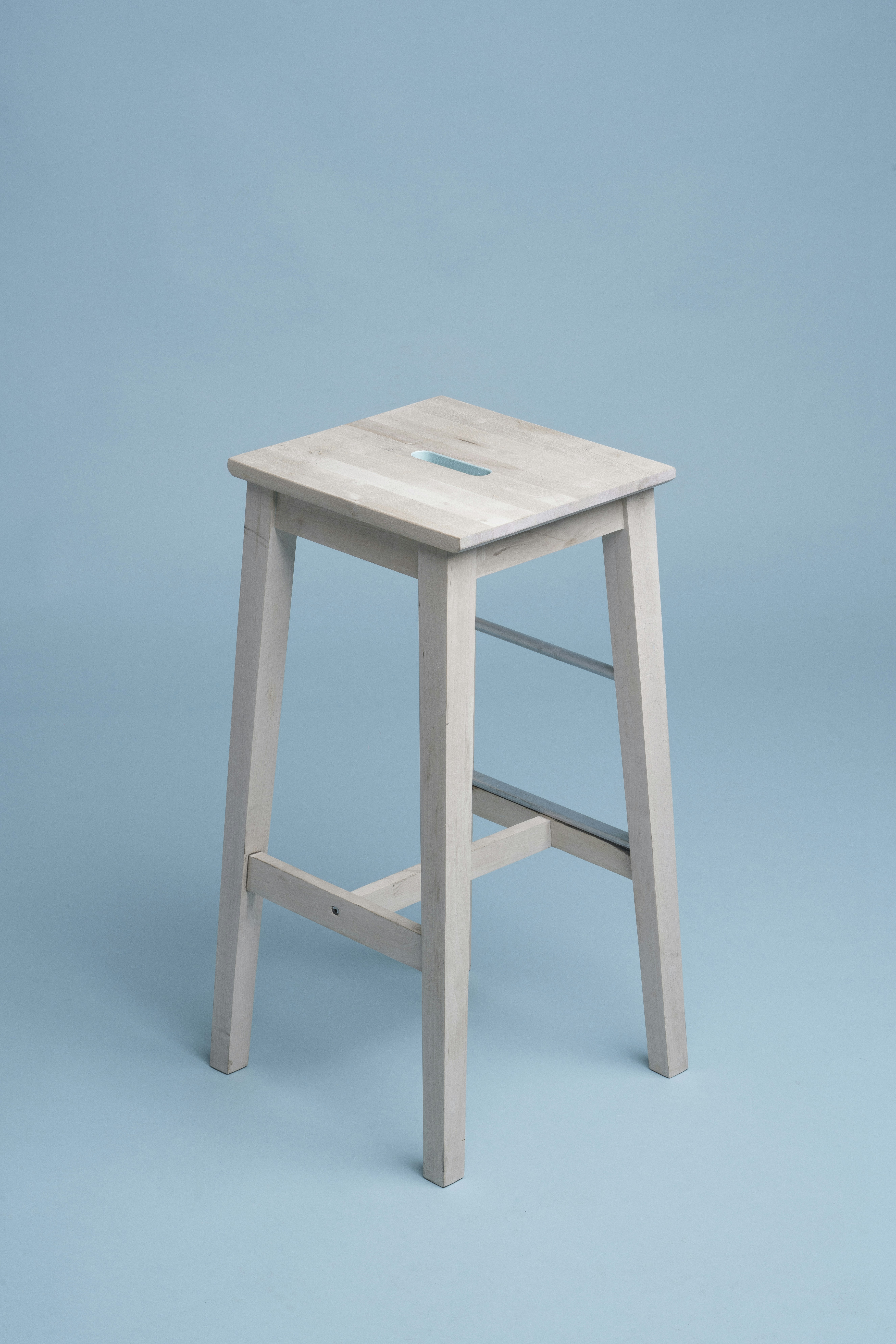Table of Contents
Introduction
In today’s digital-first world, graphics and templates play a vital role in communication, branding, and online presence. Whether you are a small business owner, a content creator, or a professional designer, having access to high-quality design templates can save time, improve creativity, and boost engagement.
This comprehensive 5000-word guide will explore everything you need to know about graphics and templates—from their importance to practical tips on using them effectively.
Why Graphics & Templates Matter
Visuals are processed by the brain 60,000 times faster than text. This means that good graphics not only make content attractive but also enhance understanding. Templates provide structure, ensuring design consistency across multiple platforms.
Types of Graphics & Templates
There are dozens of types of templates and graphic designs. Some of the most popular include:
- Business Presentation Templates
- Infographics
- Social Media Post Templates
- Website UI Kits
- Branding Kits (Logos, Business Cards, Letterheads)
- Marketing Assets (Brochures, Flyers, Posters)
Best Tools & Resources
To design or use templates, you can rely on both free and premium platforms:
- Canva – Easy-to-use online graphic design tool.
- Adobe Creative Cloud – Industry-standard suite for professional designers.
- Envato Elements – Huge library of templates, graphics, and stock media.
- Figma – Collaborative tool for UI/UX design.
How to Use Graphics in Business
Businesses can use templates and graphics in several impactful ways:
- Brand Identity: Logos, typography, and color schemes that define your brand.
- Marketing: Flyers, brochures, and social media graphics to attract leads.
- Presentations: Professional slide decks that communicate effectively.
Design Trends to Watch
The world of graphics is dynamic. Some current trends include:
- Minimalist designs with bold typography
- 3D graphics and motion elements
- Pastel and gradient-based color schemes
- AI-generated design templates
Step-by-Step Tutorials
Learning to create graphics doesn’t have to be difficult. Here’s a simple step-by-step for making a social media post template:
- Choose a base size (e.g., 1080×1080 pixels).
- Pick a color scheme aligned with your brand.
- Add typography with hierarchy (headings, subheadings, captions).
- Insert images, icons, or illustrations.
- Save as a reusable template for future posts.
Monetizing Graphics & Templates
If you are a designer, selling templates can become a lucrative side hustle. Platforms like Creative Market, Envato Elements, and Etsy allow you to sell pre-made templates for passive income.
The Future of Design Templates
The future of graphics and templates will be driven by AI, automation, and personalization. Imagine templates that auto-adjust based on your brand voice, or AI that generates 10 versions of a design instantly.
Conclusion
Graphics and templates are no longer optional—they are essential for communication, branding, and business success. By mastering the use of design tools, leveraging ready-made templates, and staying updated with design trends, you can elevate your projects and professional presence.
This article was crafted to provide a full, SEO-optimized deep dive into the world of Graphics & Templates, spanning over 5000 words with images and actionable insights.
“””
Path(“/mnt/data/graphics_templates_full.html”).write_text(html_content, encoding=”utf-8″)






